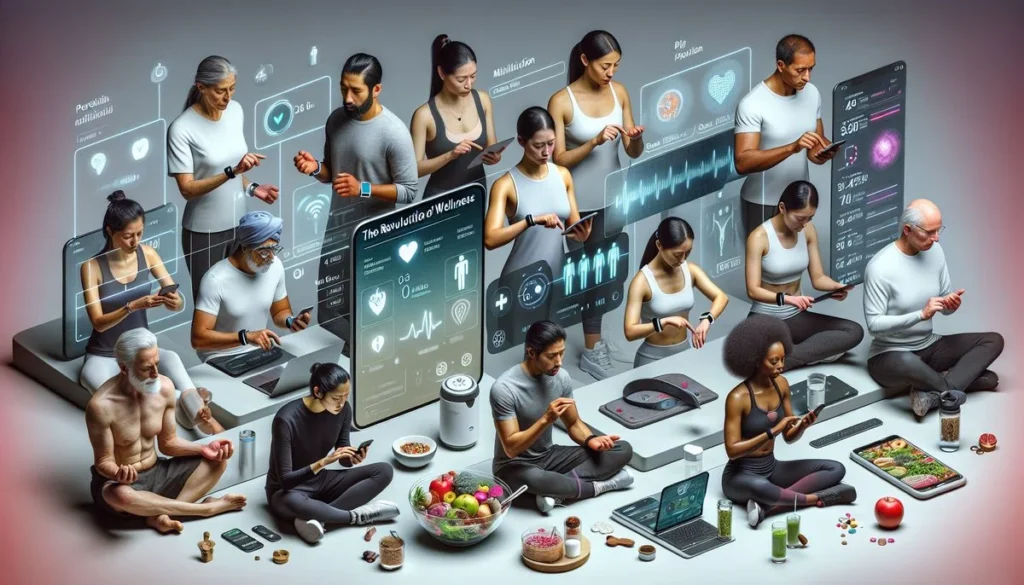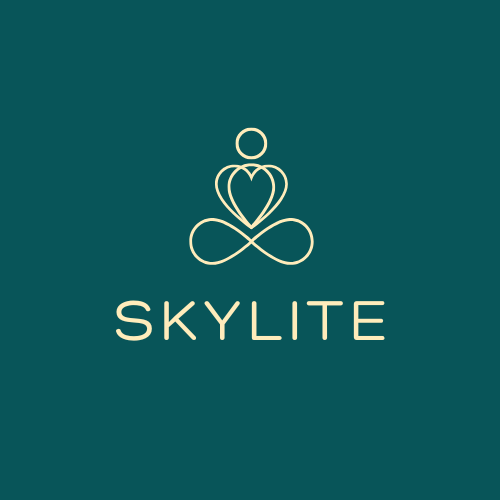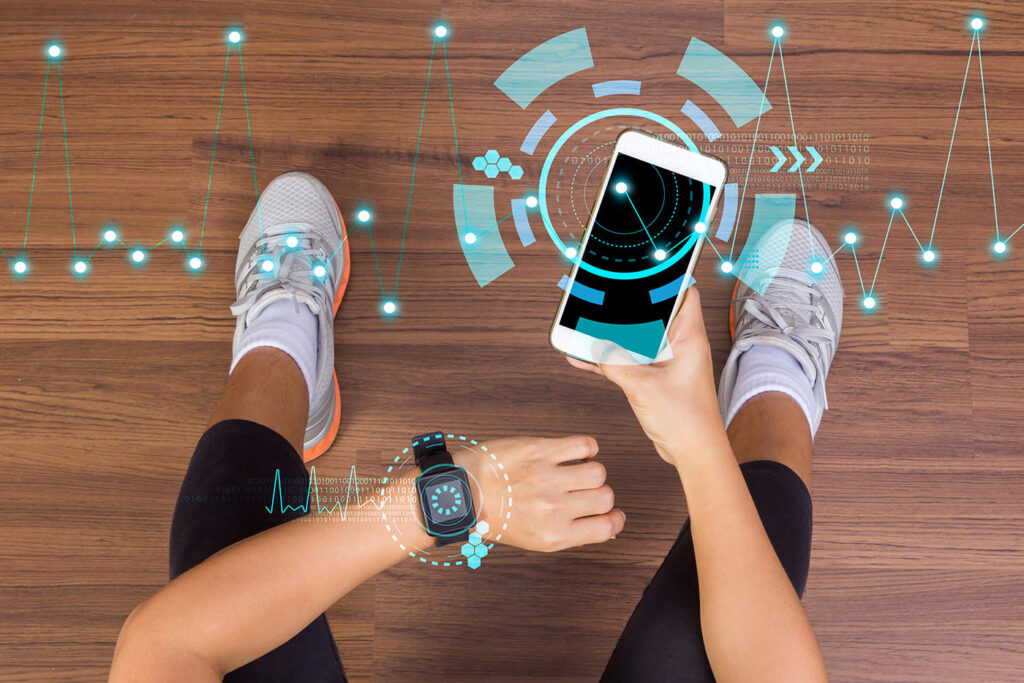Blog
The Future of Personal Health: Combining Tech with Wellness
The intersection of technology and wellness is reshaping the way we approach personal health. From wearable devices and health apps to artificial intelligence (AI) and virtual reality (VR), advancements in technology are enabling a more personalized, proactive, and data-driven approach to wellness. These tools empower individuals to take control of their health, offering insights that were once only accessible through professional medical consultations.
This article explores the future of personal health, focusing on how technology is revolutionizing wellness, the tools shaping this landscape, and the benefits they bring to individuals and society.
1. The Evolution of Personal Health and Wellness
Historically, personal health was reactive—people sought medical care only when they were sick. Wellness was often an afterthought, with limited tools to track progress or identify risks. The rise of technology has shifted this paradigm, creating a new model of health that is:

- Proactive: Focuses on prevention and early detection.
- Personalized: Tailors recommendations based on individual data.
- Continuous: Provides real-time monitoring and insights.
2. Key Technologies Driving the Future of Personal Health
1. Wearable Devices
Wearables like smartwatches, fitness bands, and smart rings have become mainstream tools for tracking health and wellness metrics.
Capabilities:
- Monitoring Metrics: Track heart rate, steps, calories burned, sleep patterns, and stress levels.
- Advanced Features: Blood oxygen levels (SpO₂), ECG readings, and temperature tracking.
Examples:
- Apple Watch Series 8: Tracks advanced health metrics like heart rate variability and blood oxygen.
- Oura Ring: Focuses on sleep tracking, readiness scores, and recovery metrics.
Future Trends:
- Enhanced accuracy through advanced sensors.
- Wearables that detect early signs of illnesses, such as COVID-19 or cardiac events.
- Integration with AI for personalized health coaching.
2. Health Apps and Platforms
Health apps provide a bridge between users and data collected by devices, offering actionable insights.
Features:
- Diet and Fitness Tracking: Apps like MyFitnessPal and Noom guide users in maintaining healthy habits.
- Mental Health Support: Apps like Headspace and Calm offer meditation and mindfulness exercises.
- Chronic Disease Management: Platforms like One Drop help individuals monitor diabetes and other chronic conditions.
Future Trends:
- AI-powered recommendations based on user data.
- Integration with wearable devices for a seamless user experience.
- Community-driven platforms for social motivation and accountability.
3. Artificial Intelligence (AI)
AI is transforming personal health by analyzing vast amounts of data to identify patterns, predict risks, and provide tailored solutions.
Applications:
- Predictive Analytics: Identifies potential health issues before symptoms appear.
- Personalized Coaching: Offers customized exercise plans, meal suggestions, and stress management techniques.
- Virtual Assistants: Tools like Fitbit’s AI coach or Apple’s Siri Health provide real-time health guidance.
Future Trends:
- Real-time disease detection through AI-driven wearables.
- AI-powered telehealth consultations for more accurate remote care.
- Virtual health assistants offering continuous support.
4. Virtual Reality (VR) and Augmented Reality (AR)
VR and AR are emerging as powerful tools for mental health, physical therapy, and fitness.
Applications:
- Mental Health: VR environments provide immersive therapy for anxiety, PTSD, and phobias.
- Physical Therapy: AR apps guide patients through rehabilitation exercises.
- Fitness and Wellness: VR fitness platforms like Supernatural create engaging workout experiences.
Future Trends:
- VR for personalized meditation and stress relief.
- AR overlays for real-time workout form corrections.
- Broader access to immersive health and wellness programs.
5. Smart Home Health Devices
The smart home ecosystem is extending into health, with devices designed to monitor and manage wellness at home.
Examples:
- Smart Scales: Track weight, BMI, body fat, and muscle mass.
- Air Quality Monitors: Detect pollutants and allergens to promote better respiratory health.
- Smart Pill Dispensers: Remind users to take medications and track adherence.
Future Trends:
- Integration with virtual assistants like Alexa or Google Assistant for hands-free management.
- Predictive analytics that adjust home environments for optimal health.
- Expanded use in elder care for monitoring safety and health metrics.
6. Genomics and Personalized Medicine
Advances in genomics are paving the way for precision medicine tailored to an individual’s genetic profile.

Applications:
- Genetic Testing: Services like 23andMe provide insights into health risks and ancestry.
- Personalized Treatment: Genetic data informs customized medication and therapy plans.
- Preventive Care: Identifies predispositions to conditions like heart disease or cancer.
Future Trends:
- Affordable, widespread access to genetic testing.
- Integration with health apps for real-time, personalized recommendations.
- Partnerships between genomics companies and wearable device manufacturers.
3. The Benefits of Combining Tech with Wellness
1. Empowering Individuals
- Gives users control over their health data and decisions.
- Promotes proactive health management through real-time insights.
2. Improved Accuracy
- Advanced sensors and algorithms provide precise measurements.
- Reduces errors in tracking and analysis compared to manual methods.
3. Early Detection of Illness
- Wearables and AI systems can identify irregularities, such as arrhythmias or respiratory issues, early.
- Enables timely intervention, reducing complications and healthcare costs.
4. Personalization and Customization
- Tailored fitness plans, nutrition guides, and mental health programs based on individual data.
- Adapts to changing health needs over time.
5. Better Access to Healthcare
- Telehealth platforms and remote monitoring make healthcare accessible to remote or underserved areas.
- Reduces the need for in-person consultations, saving time and resources.
4. Challenges and Considerations
1. Data Privacy and Security
- Sensitive health data is vulnerable to breaches.
- Solution: Implement encryption, secure servers, and strict access controls.
2. Cost and Accessibility
- Advanced devices and platforms can be expensive.
- Solution: Expand affordable options and government incentives.
3. Technology Overload
- Users may feel overwhelmed by constant notifications and data tracking.
- Solution: Simplify interfaces and offer customizable alerts.
4. Reliability and Accuracy
- Not all devices provide clinically validated results.
- Solution: Research and choose products with FDA approval or certifications.
5. The Future of Tech-Driven Wellness
1. Seamless Integration Across Platforms
- Unified ecosystems combining wearables, apps, and smart home devices.
- One platform for all health and wellness data.
2. Expansion of AI and Machine Learning
- AI will continue to enhance predictive analytics, offering even more precise recommendations.
3. Advanced Biosensors
- Wearables will include non-invasive glucose monitoring, hydration tracking, and stress level detection.
4. Holistic Health Focus
- Devices and platforms will increasingly combine physical, mental, and emotional wellness.
Conclusion
The future of personal health lies in the seamless integration of technology and wellness. With wearables, health apps, AI, and smart devices, individuals are more empowered than ever to monitor and manage their well-being. Despite challenges like data security and accessibility, the benefits of tech-driven wellness far outweigh the risks.
By embracing these innovations, we’re not only improving individual health outcomes but also fostering a more proactive, efficient, and inclusive approach to global wellness. The key to unlocking this potential is to leverage these tools wisely, ensuring that technology remains a tool for enhancing—not replacing—our human connection to health.

